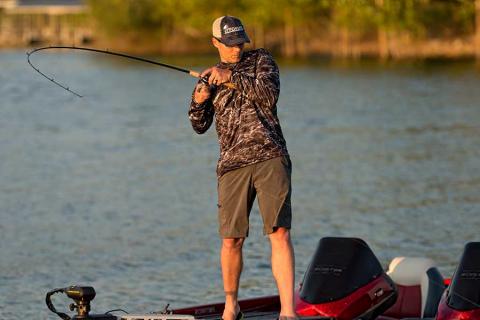Brad Mormann
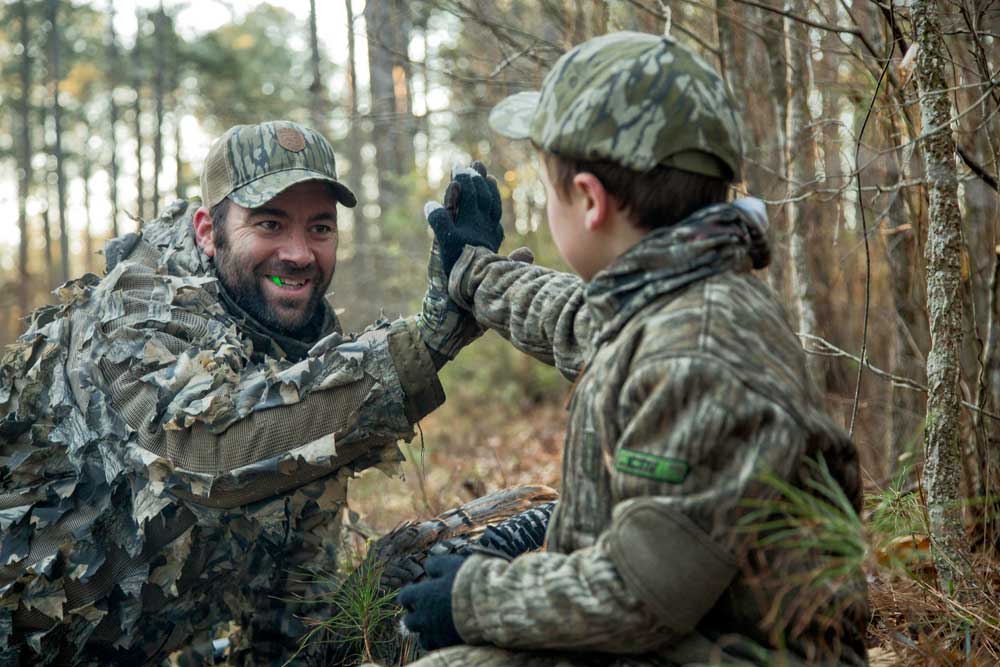
Introducing new hunters (young or old) to the sport is probably one of the most exciting and important things veteran hunters can do. We all remember some of our first successful hunts when the adrenaline is cranking and we are “warm with achievement.”
There are many ways a person, young or old, can become captivated by the outdoors; that first squirrel, turkey, duck or deer hunt. The steps it took to prepare, whether sighting in the gun or learning the woods during a morel mushroom hunt. The first awkward attempts at blowing a duck call or gagging on a mouth call. The first time decked out in camouflage and hiking into the early morning darkness, dodging sleeping cows and crawling over barbed wire fences. The heart-pounding thrill of pulling the trigger and seeing the game drop, the proud walk and seemingly unforgettable story that everyone had to hear in vivid detail from start to finish, and then the final feast that pours on the sense of accomplishment – these are memories that last a lifetime.
These recollections plus many, many more are what drive hunters to go back into the field and bring newcomers alongside. For me, introducing a new hunter to the sport always brings back laughable moments and the enjoyment and thrill of my first hunts. If you are considering introducing a potential new hunter to the sport or haven’t done it for a while here are few things to consider:
1. Gearing Up For The Hunt
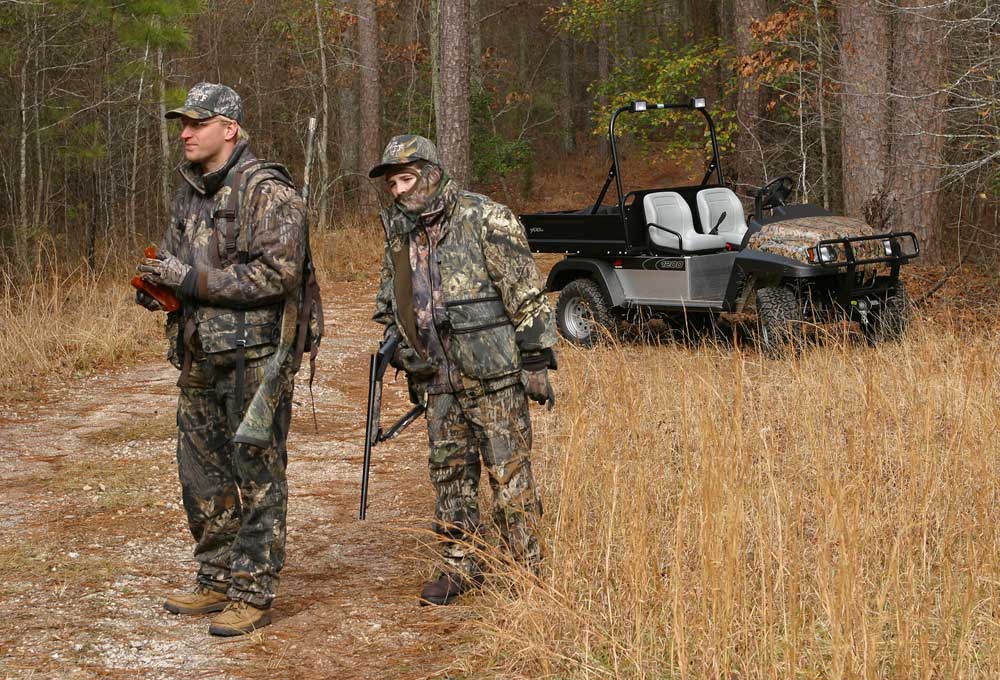
Gearing up a new hunter can be as cheap as the expenditure of a couple of .22 shells, to as expensive as a new gun, bow, and loads of possible other equipment. It can add up quickly.
Squirrel and rabbit hunting requires little, if no special gear and is often the go-to entry level hunting experience. Other hunting experiences don’t have to break the bank, but may at least require some borrowing from a friend or relative. Many new hunters have entered the field on a turkey or deer hunt with a mismatch of well-worn, stretched, and oversized camouflage, but still come out with a quality experience.
One item to be careful of whether new or old, however, are boots. New boots, or even old boots borrowed from someone else, can end a hunt as quickly as anything. I was reminded of it this spring while taking my young son out on his second year of spring turkey hunting. He had grown out of his old pair of camouflage boots, which at the age of 10, seems to take only months for his fast-growing body. There was no way he was wearing his shiny blue and black snow boots he wears to school, so I broke down and got a new camouflage pair.
With 2 days of run and gun youth turkey hunting planned, the little man was mentally ready but after a quarter mile of walking into our hunting area, it was vividly apparent his boots and feet were not. In the darkness as we traveled through a pasture to our favorite gobbler roosting area, I could see him limping. It wasn’t long before we were dancing around in the wet grass trying to get his boot off to see what was going on. Sure enough a blister was already starting to form on his heal.
As a veteran hunter that was as giddy to turkey hunt as a Labrador retriever on the opening day of pheasant season, my brain was spinning on how to get him up and going again. I knew if he had already started getting a blister it wouldn’t be long before the hunt, and possibly the entire weekend, was over and we’d be heading back to the truck. I began by doubling up his sock by pulling the top of the sock back down over his heal. It was a start. We stood in the darkness assessing what else we had that could solve the issue. Then I looked at my worn boots that reluctantly led to the conclusion that I was going to have to sacrifice my socks if the hunt was to carry on. So the dance continued in the wet grass as I hopped around taking off my socks and putting them on his feet as added protection. His feet were then well padded, and I could see his confidence rise. I was a bit skeptical of my situation, but I knew my feet had seen many miles in my old boots, and there was little that was going to keep me out of the woods.
Although our crisis was averted and a great hunt followed, it is a reminder that new boots and their owner’s feet need some time to acclimate before heading to the woods. For the boots, it means stretching out the stiff material, and for the feet, it means putting on some calluses where contact is made.
2. Know Your New Hunter
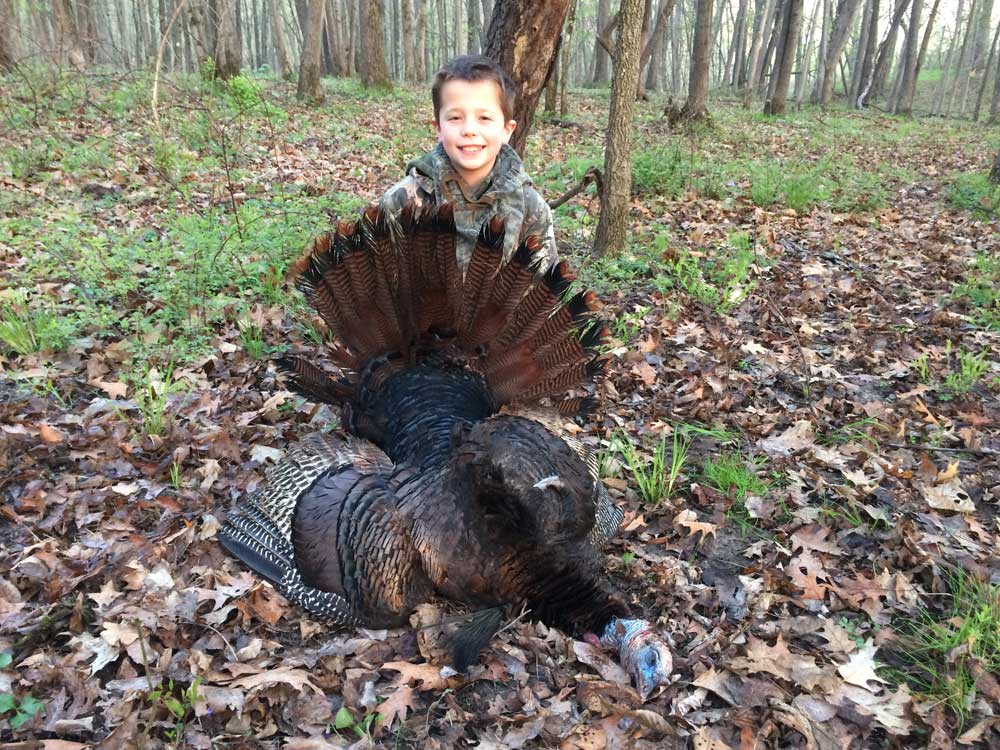
Hunting requires a combination of skills and activities that veteran hunters often take for granted. It almost always includes hiking; walking on uneven ground and rocks; passing through thick, tall, thorny, sometimes poisonous vegetation; physical endurance; and patience. Sizing up a new hunter and determining whether they have these skills is not always easy. However, if time allows there are plenty of non-hunting activities that will show their strengths while preparing them for the hunt.
Going for a hike is one of these opportunities. Depending on the time of year you may be able to throw in a search for shed antlers, mushrooms, blackberries, or possibly a new fishing hole on the banks of the local river. It won’t take long to see how they react to vegetation, rough ground, and their physical endurance. This whole process may seem unnecessary, but if you take enough new people into the wild you will find out it is useful.
I remember the first time I took out a middle-aged gentleman that had never been hunting before. A friend that had already bagged his turkey decided to tag along and the three of us set off from the truck as the early morning light was peaking over the horizon. The property was pretty flat and open with intermixed farm fields and wooded field borders. Because of the limited terrain, getting around the property unseen always became challenging once it was light, so it was a good idea to get close to the gobblers before it was light enough for them to see clearly.
That morning our trio had traveled a couple hundred yards along a field driveway and then a couple hundred more through a field opening. We went down along a short slope of trees and started to head up a small hill to get into position. I was in predator mode stopping to analyze each gobble and the direction it came from and continuing to hone in on its location. It wasn’t long though before I noticed my buddy and our new hunter had fallen a good distance behind. Confused and possibly a little frustrated, I moved back to see what was the matter.
There, in the darkness, all I could hear was the extremely heavy breathing of the new hunter. Taking a second to think about my own condition, I was confused as to what the problem was.
As a wildlife biologist in the southern Missouri Ozark Mountains, I get to do plenty of hiking. This hike wasn’t a big deal to me, but it definitely was to my new hunter. His days were filled with a much less physically tolling job behind a desk. This was an oversight on my part and a learning experience. The hunt that morning quickly changed to everyone taking a break, slowing down, and rethinking the game plan. We never made it to the turkey we had initially gone after, but by slowing down and working within the newcomer’s physical abilities, we still ended the hunt with a beautiful gobbler.
3. Whatever Game You Hunt…MAKE IT FUN!
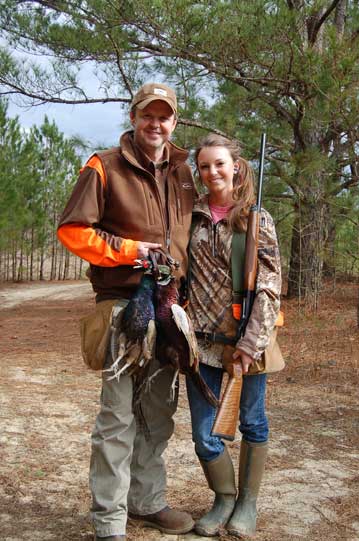 As I mentioned before, rabbit and squirrel hunting are often the “go-to” for first timers because they are relatively abundant, require limited gear, and are easy to bag. However, every type of hunting can engage a new hunter whether young or old. An important aspect is to make it fun. Easy enough, but everyone’s idea of fun is different and in the age of tablets and smart phones, keeping new hunter’s attention with outdoor experiences can be challenging.
As I mentioned before, rabbit and squirrel hunting are often the “go-to” for first timers because they are relatively abundant, require limited gear, and are easy to bag. However, every type of hunting can engage a new hunter whether young or old. An important aspect is to make it fun. Easy enough, but everyone’s idea of fun is different and in the age of tablets and smart phones, keeping new hunter’s attention with outdoor experiences can be challenging.
Overcome any thoughts of boredom by keeping the hunt active, and possibly mixing together a “hunting experience” with some of their more “typical, daily experiences.” This is usually the most important for very young hunters that may just be tagging along for the adventure.
In this situation, I generally start out heading to the local gas station and allowing the youngster to pick out their favorite candy or snack to take along on the hunt. I then head toward an easily accessible hunting blind or enclosed stand of some sort. Once set up inside, the first half hour is easy as the newness of being in the stand keeps them engaged. Hopefully a critter or two makes an appearance. Then we go for the candy, which passes another half hour. Lastly, albeit reluctantly, we pull out a smart phone and a few games or movies are played. There is no doubt using electronics takes away something from the experience. However, I would rather the new hunter get some experience rather than none at all and the whole idea is to “make it fun.” There is plenty of time for them to grow into a more serious hunter at their own pace.
With that said, I am personally not much of an enclosed stand or blind hunter. I like to be able to use all of my senses and have a wider range of view. Box turtles shuffling by in the leaf litter, bald eagles soaring up the river valley, and blue jays calling help pass the time as I wait for the game to show up. I think most new hunters feel the same way. They are new to the close-up sights and sounds experienced when quietly spending time in the field.
Being outside of a blind definitely adds new challenges, because just as we can see the wild around us more clearly, so can they see us. New hunters are often unaware of the amount of fidgeting they do in their day-to-day life. One extra scratch of the head or shifting of the legs can be a deal-breaker for the buck walking into range or the ducks circling above. For a veteran hunter all it does is add a little more challenge by forcing us to think through each setup. From what direction will the game be coming from? Are we camouflaged enough to get away with some movement as it approaches our shooting lanes? It is all in the details.
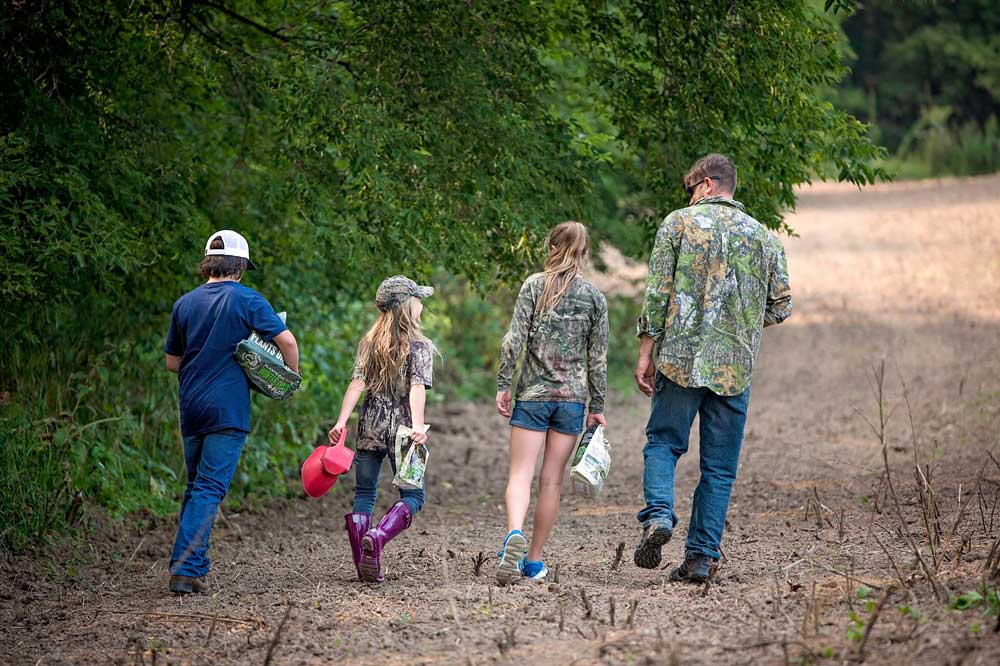
The hunting heritage is a vitally important piece of our country, and it is every veteran hunter’s job to usher in the next generation of hunters. Passing down the thrill and excitement of the hunt is something for all to enjoy. We have all had those truly exciting first hunting experiences and can still remember bits and pieces. For me, those bits and pieces of memories become one when I see those memories relived in new hunters. Something like the thrill of having your bow site-pin on the front shoulder of a buck while your heart is beating so hard you can feel it throughout your body are times most hunters will never forget. The nervousness of potentially moving at the wrong time, the adrenaline rush when making a good shot, the increase in confidence, and finally the sharing of the meat and story with friends and family, will keep new hunters anchored to the sport we all love. Whenever the opportunity arises, consider introducing new hunters to the sport.














